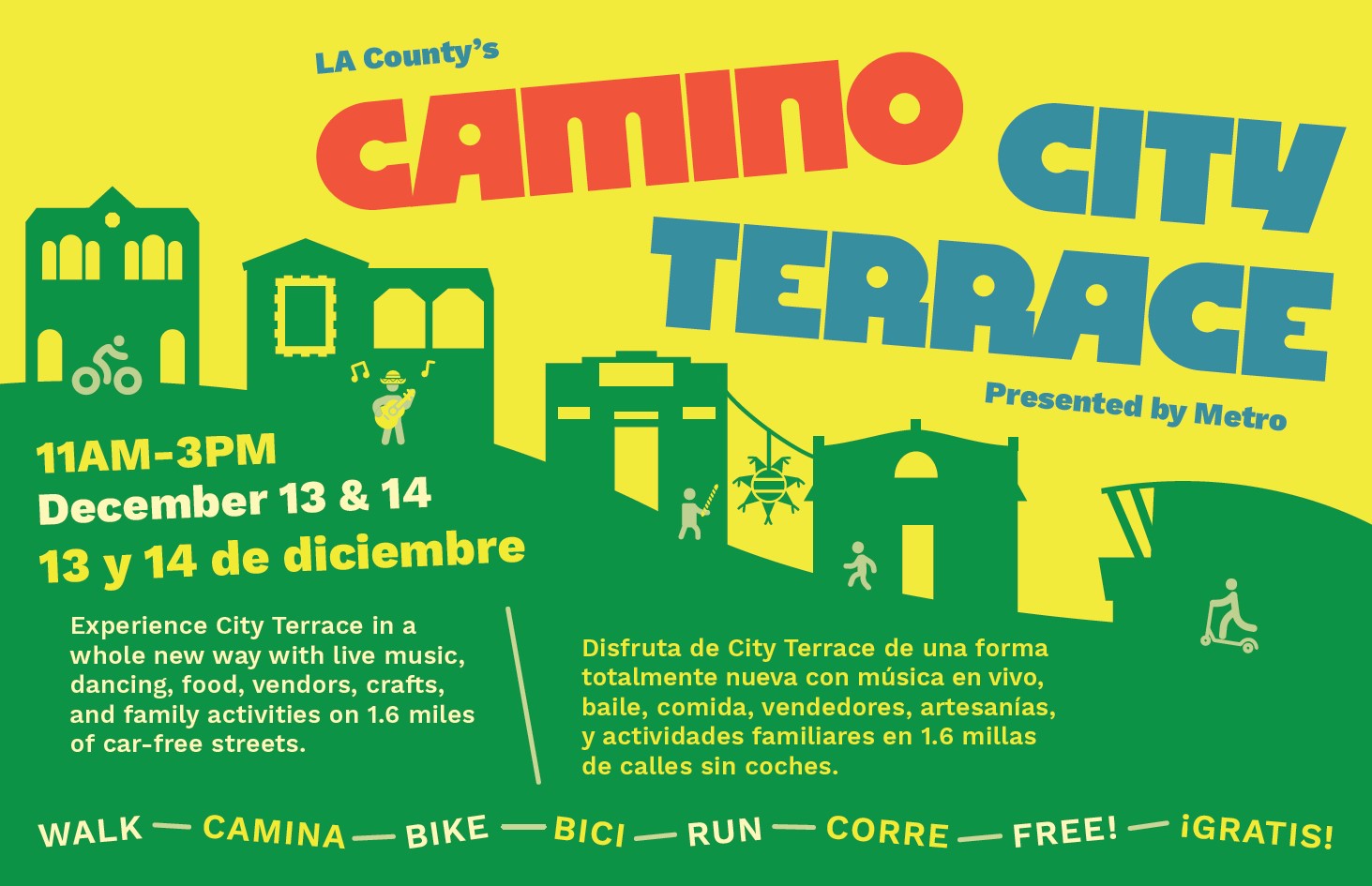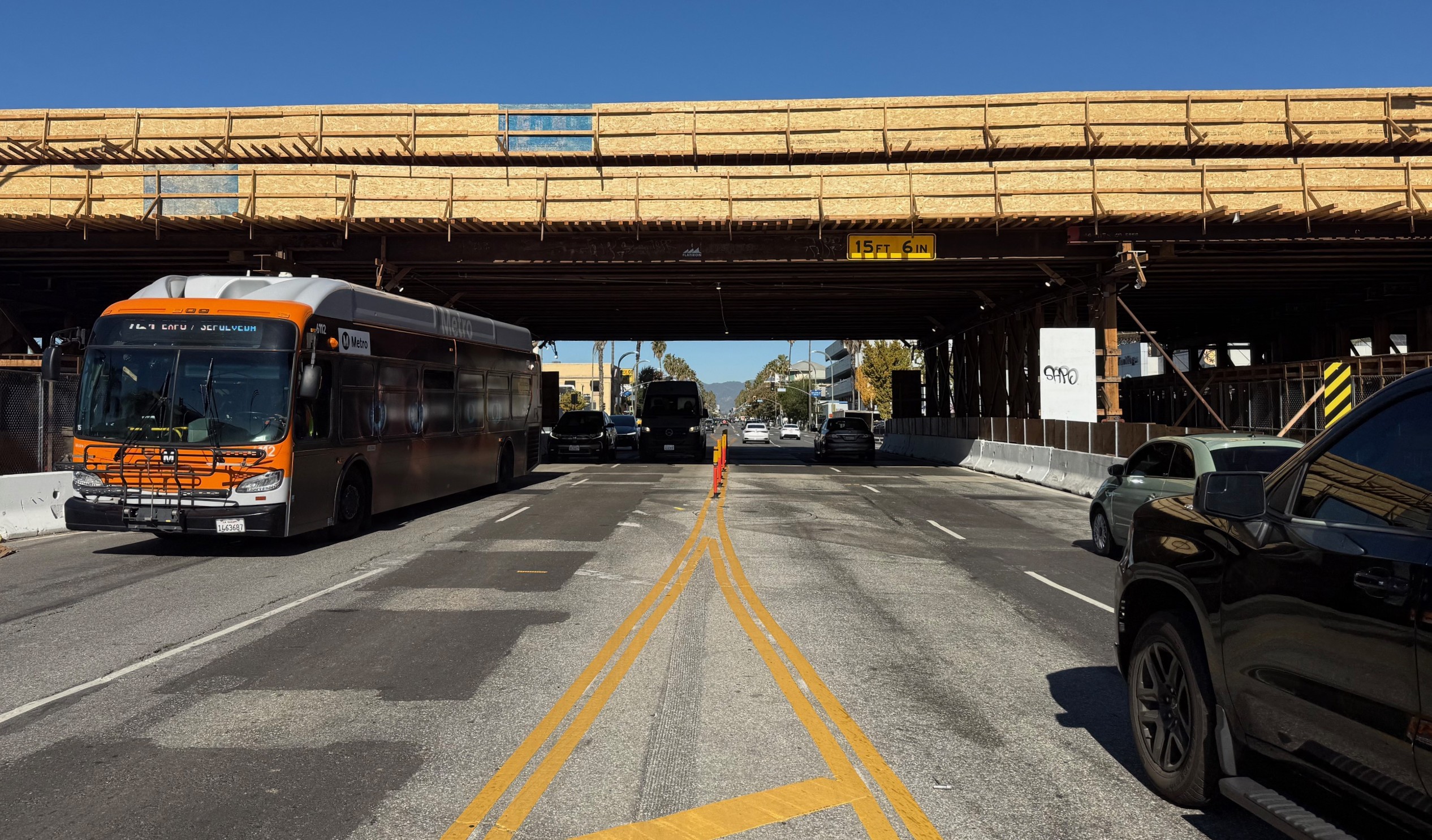In Gabe Klein’s exit interview with Chicago Mag, the outgoing transportation commissioner predicted that in the next few years, cities will be paying more attention to the correlation between lawbreaking by drivers and other kinds of crime.

“I think it’s a broken windows effect,” Klein said. “If you get control of the traffic crime, I think it can go a long way.”
He’s seen it in Chicago: “that correlation where you have people speeding, running stop signs, drunk driving, where you also have rape and muggings and murders.”
Former (and possibly future) NYPD Commissioner Bill Bratton recently alluded to a “broken windows” effect by which acceptance of common traffic violations leads to pervasive reckless driving. But Klein’s point is more intriguing, and leads to a world of solutions that can solve so much of what ails our cities.
In neighborhood consultations, when advocates ask residents what troubles them about their block, they often get a mix of answers, interlacing safety concerns about speeding cars with their fears about other types of violence. Livable streets advocates can try to address traffic safety by slowing traffic and allocating more street space to bikes and pedestrians, but residents still won’t let their kids walk to school by themselves because traffic calming by itself doesn’t address the problem of the thugs on the corner.
Or does it?
The federal government is betting that it does. U.S. DOT’s National Highway Traffic Safety Administration has partnered with the Department of Justice to study the link between traffic violence and other kinds of violence and crime. “Traditionally, criminal activity gets much of the focus of law enforcement agencies, while traffic safety issues often remain secondary,” wrote DOJ’s James Burch and NHTSA’s Michael Geraci. “[The Data-Driven Approach to Crime and Traffic Safety] uses traffic law enforcement as a primary means to address both.”
They’re seeking to implement what they call “place-based policing,” which the Police Foundation says is more efficient and effective than traditional “person-based policing.”






